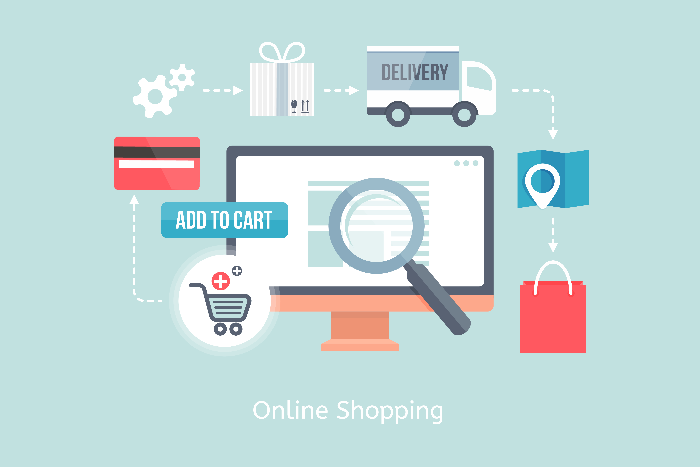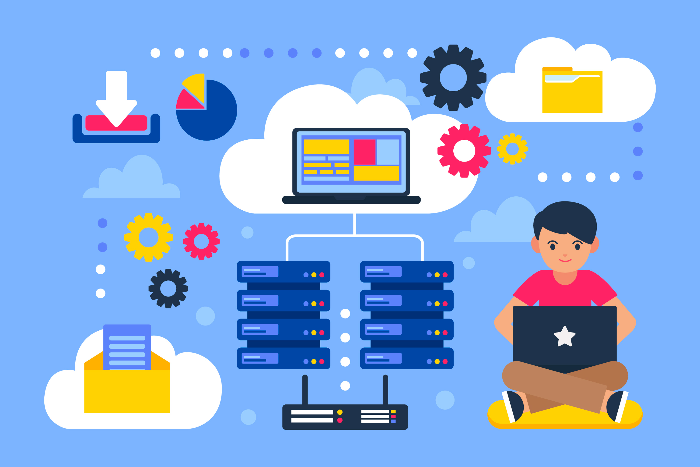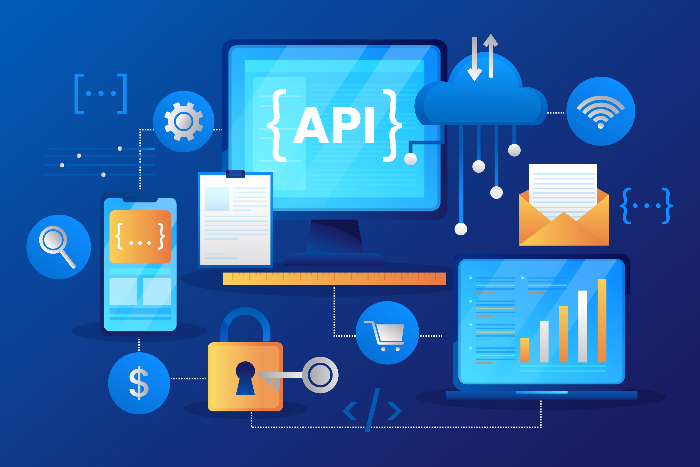Introduction
In the age of instant gratification, e-commerce thrives on a foundation of efficiency and transparency. Gone are the days of sluggish deliveries and information black holes. Today’s customers demand lightning-fast fulfillment, constant order updates, and a clear view of their purchases, from click to doorstep. The key to achieving this lies in a well-oiled supply chain – the backbone of any successful e-commerce business. But traditional, manual systems simply can’t keep pace. Enter supply chain digitization, a revolutionary approach that leverages cutting-edge technology to empower e-commerce businesses and propel them toward success.
In this article, we will discover how supply chain management in e-commerce is evolving with digital transformation to enhance efficiency, speed, and customer satisfaction.
Understanding the Supply Chain and its Digital Metamorphosis
Imagine a complex network, encompassing everything from sourcing raw materials to manufacturing a product, warehousing it, transporting it, and finally, delivering it to your doorstep. That, in essence, is the supply chain. Digitization transforms this network by integrating advanced technologies like artificial intelligence (AI), machine learning (ML), and the Internet of Things (IoT) into these processes. This not only automates tedious tasks but also generates real-time data insights, empowering businesses to make informed decisions and optimize their operations. As businesses accelerate their shift towards digital-first operations, investments in transformation technologies are skyrocketing. Global spending on digital transformation technologies and services is projected to reach $3.9 trillion by 2027. Continue reading Digital Transformation of Supply Chain Management in eCommerce Business →









